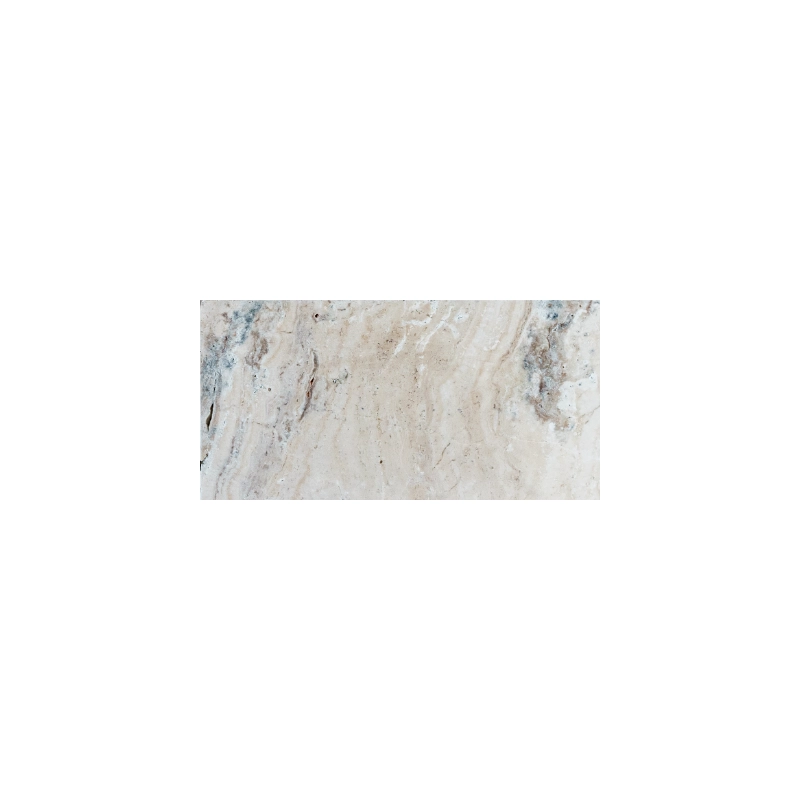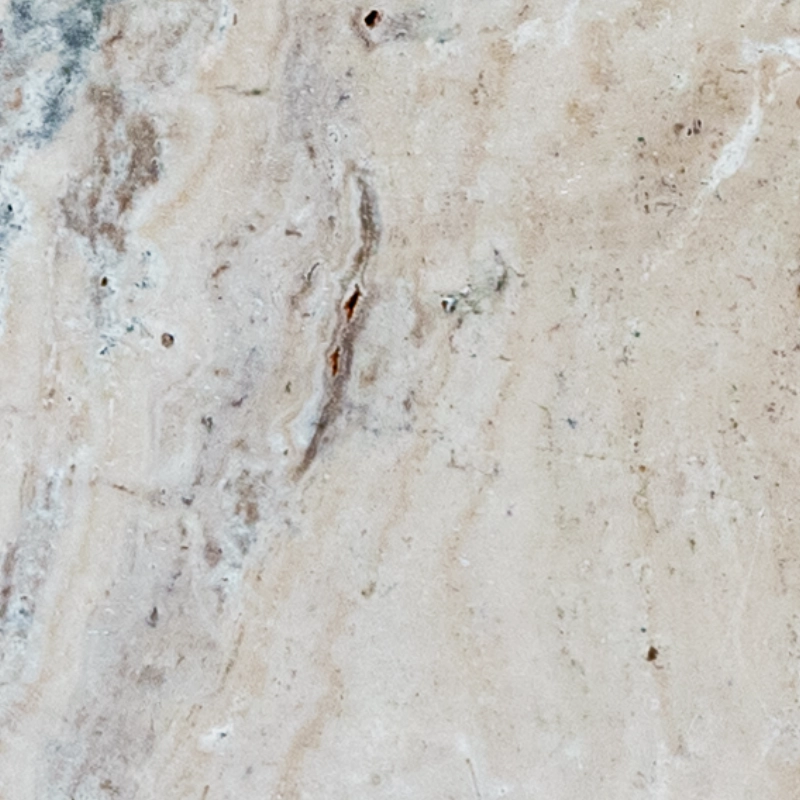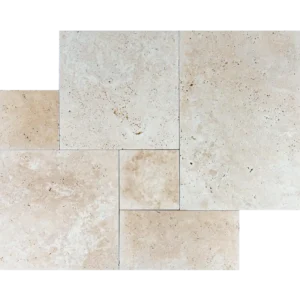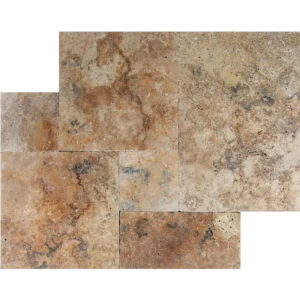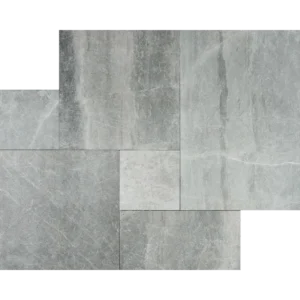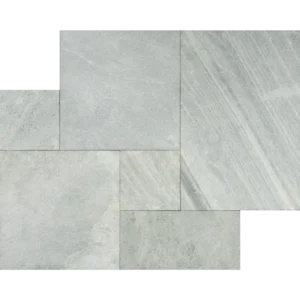Norwegian River 6″x12″ Tumbled Travertine Paver – Natural Stream-Worn Character
Bring organic movement to your hardscape with the Norwegian River 6″x12″ Tumbled Travertine Paver.
Its cool taupe and gray tones echo water-smoothed stone, while the tumbled finish adds a soft, slip-friendly texture.
As a result, it suits patios, pool surrounds, walkways, and garden paths.
The compact 6″x12″ size invites creative layouts.
Use herringbone for energy, running bond for flow, or stacked patterns for modern order.
Moreover, the rounded, weathered edges deliver a timeworn look that blends easily with wood, metal, and greenery.
Key Features
- Material: Premium natural travertine
- Color: River-inspired mix of cool taupe, gray, and soft beige
- Finish: Tumbled for texture, comfort underfoot, and traction
- Size: 6″x12″ (nominal)
- Edge: Softly rounded, aged profile
- Patterns: Herringbone, running bond, stacked, borders
- Applications: Patios, paths, pool decks, courtyards, entries
Choose Norwegian River 6×12 Tumbled Travertine when you want calm color, classic texture, and flexible design.
Additionally, routine sealing helps preserve tone and makes cleaning simple—season after season.
Installation Guide – Norwegian River Tumbled 6″x12″ Travertine Paver
Important Note
This guide covers only the paver covering phase. Sub-base and bedding preparation must be completed by qualified professionals before installation.
Step 1: Dry Layout & Planning
- Dry-lay pavers to review natural color, veining, and tumbled-edge variation.
- Select a pattern suited to 6″x12″ (e.g., herringbone, basketweave, or running bond).
- Snap chalk lines or use a laser to establish straight reference lines for alignment.
Step 2: Paver Placement
- Set each paver gently onto the prepared bedding layer following your layout lines.
- Maintain uniform joint spacing of 1/8″–1/4″.
- Tap lightly with a rubber mallet to fully seat each paver and achieve a level surface.
- Check for lippage across edges and adjust bedding where needed.
Step 3: Cutting & Edge Finishing
- Use a wet saw with a diamond blade rated for travertine for clean, accurate cuts.
- Support small-format pavers during cutting to prevent chipping.
- Smooth exposed cut edges with a rubbing stone to blend with the tumbled finish.
Step 4: Joint Filling
- Fill joints with polymeric sand or a travertine-compatible joint filler.
- Gently compact the surface and sweep away excess material.
- If using polymeric sand, lightly mist to activate per manufacturer instructions.
Step 5: Sealing & Maintenance
- After installation is dry, apply a breathable, penetrating sealer formulated for exterior travertine.
- Re-seal every 1–2 years depending on exposure and traffic.
- Clean with pH-neutral stone cleaners; avoid acidic or abrasive products.
Disclaimer
Travertine is a natural stone and can exhibit tonal variation, veining, and surface pits—these are inherent characteristics, not defects. Always dry-lay and inspect materials before final installation. Professional installation is recommended for best performance and appearance.


